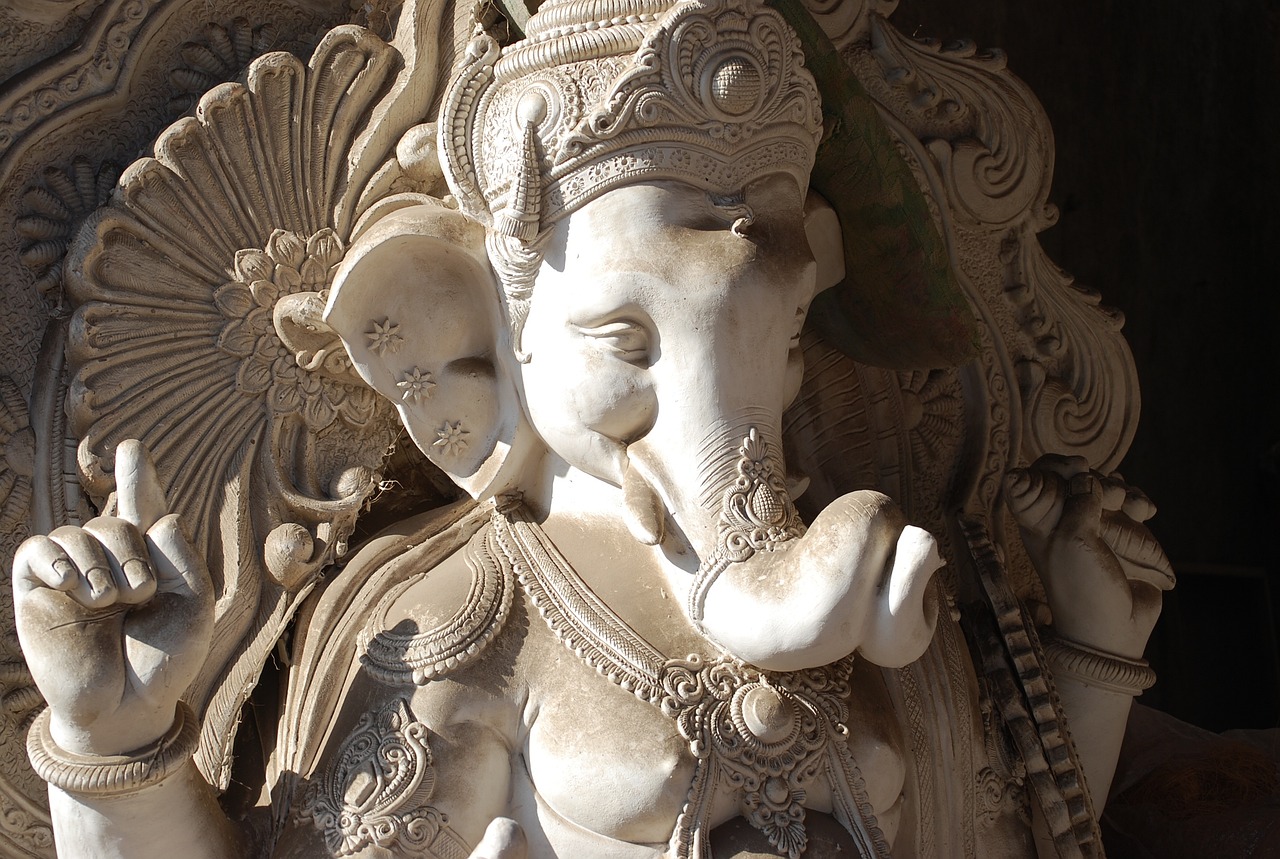Many sources propose that Mimir stands out among the Æsir gods as the wisest. Although modern interpretations, particularly from franchises like God of War, depict him as an ethereal spirit trapped within a tree, the original tale of Mimir in Norse mythology encompasses tragedy and deep significance. Widely recognized as the ‘talking head’ within Norse lore, there lies much more to his story. Prior to his decapitation, he led a life rich with intrigue and wisdom.
Who Is Mimir?
Mimir, occasionally referred to as Mim, is a prominent figure in Norse mythology celebrated for his unparalleled wisdom. He is the guardian of Mimisbrunnr, the Well of Wisdom, situated beneath Yggdrasil, the world tree. This well contains the essence of wisdom itself, and consuming its waters bestows vast knowledge. Mimir himself partook from these waters multiple times, contributing significantly to his standing as one of the most enlightened beings in the universe.
Mimir played a critical part in numerous pivotal events within Norse mythology. His most notable involvement occurred during the conflict between the Æsir and Vanir gods. To foster peace, the Æsir sent Mimir alongside Hoenir as hostages, but Hoenir lacked Mimir’s insight, often reiterating Mimir’s counsel rather than offering original thoughts. This led the Vanir to feel deceived regarding the caliber of their hostages, culminating in the beheading of both Mimir and Hoenir. Their severed heads were sent back to the Æsir as admonitory symbols of discontent.
Recognizing Mimir’s invaluable wisdom, the AllFather Odin took measures to preserve Mimir’s head through magic and herbs, allowing it to continue imparting advice and guidance to the Æsir. Thus, Mimir transitioned into his notable role as Odin’s trusted advisor and the vital source of wisdom and secrets among the Æsir.
What Was Mimir the God Of?
A frequent inquiry revolves around whether Mimir can truly be termed a god and if so, what domain he governs. Although Mimir doesn’t embody the traditional characteristics associated with gods—governing areas like warfare or weather—he is still acknowledged as a god within the Norse pantheon. He is classified under the Æsir gods with a specific attribution as the god of wisdom.
Where is Mimir From?
Determining the origins of a god can be challenging, but it is inferred that Mimir made his home in the Mimisbrunnr well. This well is located in Jotunheim, the realm of the giants. This association has led some to speculate that Mimir may have been a sea giant, although this has never been conclusively verified.
Why Did Mimir Want Odin’s Eye?
Odin, famed for his distinctive eye patch covering a lost eye, owes this loss to Mimir. In his pursuit of the profound knowledge that resided in Mimir’s well, Odin learned that a sacrifice was required to partake of its waters. Consequently, he sacrificed one of his eyes, presenting it to Mimir in exchange for the divine wisdom. In various narratives, Odin’s eye is said to lie within Mimir’s well as a testament to his sacrifice.
Was He Good or Bad?
The complexity of Mimir’s character leads many to wonder about his moral alignment, particularly in light of the eye sacrifice imposed on Odin. In Norse mythology, Mimir does not fit neatly into the categories of good or evil. Instead, he is recognized primarily for his vast wisdom and knowledge. Characters in Norse tales often possess multifaceted traits, transcending simplistic classifications as either “good” or “evil.” Even posthumously, as a talking head offering counsel to the Æsir, Mimir lacked a definitive moral categorization.
Understanding Mimir’s role and essence within Norse mythology reveals the profound reverence the culture had for wisdom, knowledge, and the sacrifices made in their pursuit.



